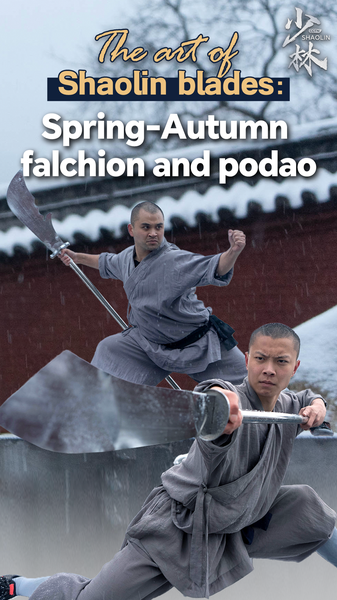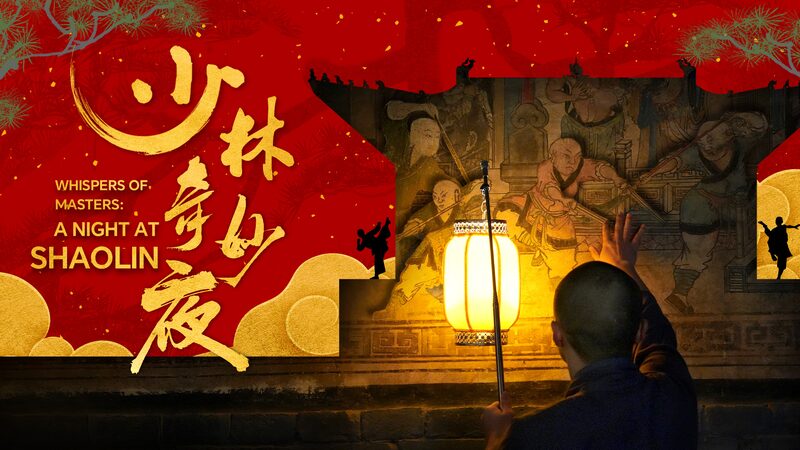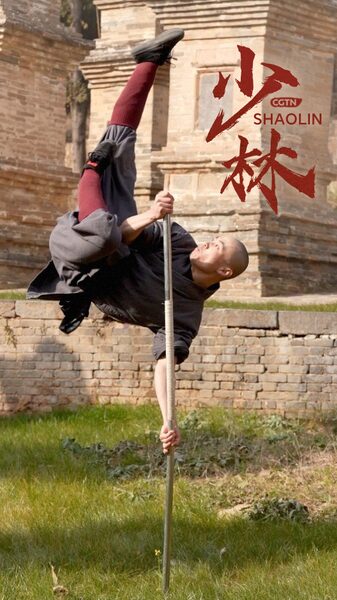In a vibrant display of China's martial heritage, Shaolin masters recently demonstrated the combat techniques and historical legacy of two iconic weapons: the Spring-Autumn falchion (chunqiudao) and the podao. These blades, deeply rooted in Chinese history, reveal the strategic evolution of martial arts over centuries.
The Spring-Autumn falchion, famously associated with General Guan Yu of the Three Kingdoms period (220–280 A.D.), boasts a curved blade designed for sweeping strikes. Historically used in mounted warfare, its movements emphasize raw power and wide-arc fluidity, symbolizing both martial prowess and cultural reverence.
In contrast, the podao emerged during the Song Dynasty (960–1279 A.D.) as a compact weapon favoring agility. Its shorter length allowed practitioners to execute rapid slashes and defensive blocks, ideal for close combat—a testament to adaptability in shifting battlefield tactics.
Modern interpretations of these weapons now prioritize practical training, with sizes adjusted to suit practitioners’ physiques. This evolution highlights how ancient traditions harmonize with contemporary martial arts practices, preserving cultural identity while fostering innovation.
Reference(s):
cgtn.com








